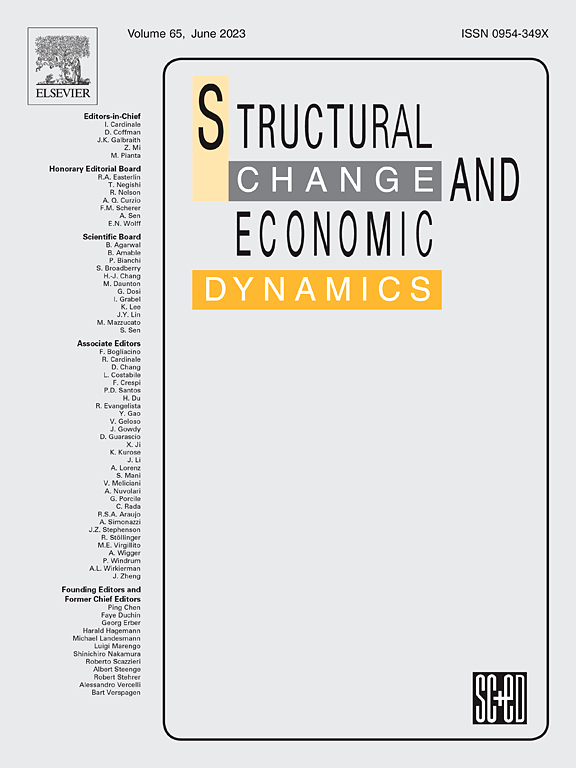真的有通货膨胀税吗?而不是中产阶级
IF 5
2区 经济学
Q1 ECONOMICS
引用次数: 0
摘要
自20世纪80年代初以来,美国货币政策的一个标志就是通胀放缓(至少直到最近)。这对家庭幸福有何影响?本文首先建立了一个新的模型来解决这一问题。收入的通货膨胀税被定义为名义收入增长与实际收入增长之间的差额。这个项总是负的(只要通货膨胀是正的)。家庭财富的通胀收益是与通胀直接相关的资产价格变化所导致的价值重估。这一项可以是正的也可以是负的。净通胀收益是两者之间的差额,也可以是正的或负的。根据联邦储备委员会的消费者财务调查(SCF)和历史通货膨胀率,实证分析涵盖了1983年至2019年。它还考察了结果对不同通胀率的敏感性,并考虑了通胀对实际财富增长、财富不平等和种族贫富差距的影响。结果显示,通货膨胀使中产阶级的实际收入增长了三分之二,这令人难以置信。相比之下,收入最低的五分之二的人受到了通胀的冲击,他们的实际收入几乎减少了一半。通货膨胀还促进了实际财富的平均增长,尤其是中位数增长,减少了财富不平等,缩小了种族和民族之间的贫富差距。在更高的(模拟的)通货膨胀率下,收入和财富的结果都被放大了。本文章由计算机程序翻译,如有差异,请以英文原文为准。
Is there really an inflation tax? Not for the middle class
One hallmark of U.S. monetary policy since the early 1980s has been moderation in inflation (at least, until recently). How has this affected household well-being? The paper first develops a new model to address this issue. The inflation tax on income is defined as the difference between the nominal and real growth in income. This term is always negative (as long as inflation is positive). The inflation gain on household wealth is the revaluation resulting from asset price changes directly linked to inflation. This term can be positive or negative. The net inflation gain is the difference between the two, which can also be positive or negative. The empirical analysis covers years 1983 to 2019 on the basis of the Federal Reserve Board's Survey of Consumer Finances (SCF) and historical inflation rates. It also looks at the sensitivity of the results to alternative inflation rates, and considers the effects of inflation on real wealth growth, wealth inequality, and the racial wealth gap. The results show that inflation boosted the real income of the middle wealth quintile by an incredible two thirds. In contrast, the bottom two wealth quintiles got lashed by inflation, losing almost half of their real income. Inflation also boosted mean and especially median real wealth growth, reduced wealth inequality, and lowered the racial and ethnic wealth gap. Both the income and wealth results are magnified at higher (simulated) rates of inflation.
求助全文
通过发布文献求助,成功后即可免费获取论文全文。
去求助
来源期刊

Structural Change and Economic Dynamics
ECONOMICS-
CiteScore
9.60
自引率
4.90%
发文量
159
期刊介绍:
Structural Change and Economic Dynamics publishes articles about theoretical, applied and methodological aspects of structural change in economic systems. The journal publishes work analysing dynamics and structural breaks in economic, technological, behavioural and institutional patterns.
 求助内容:
求助内容: 应助结果提醒方式:
应助结果提醒方式:


